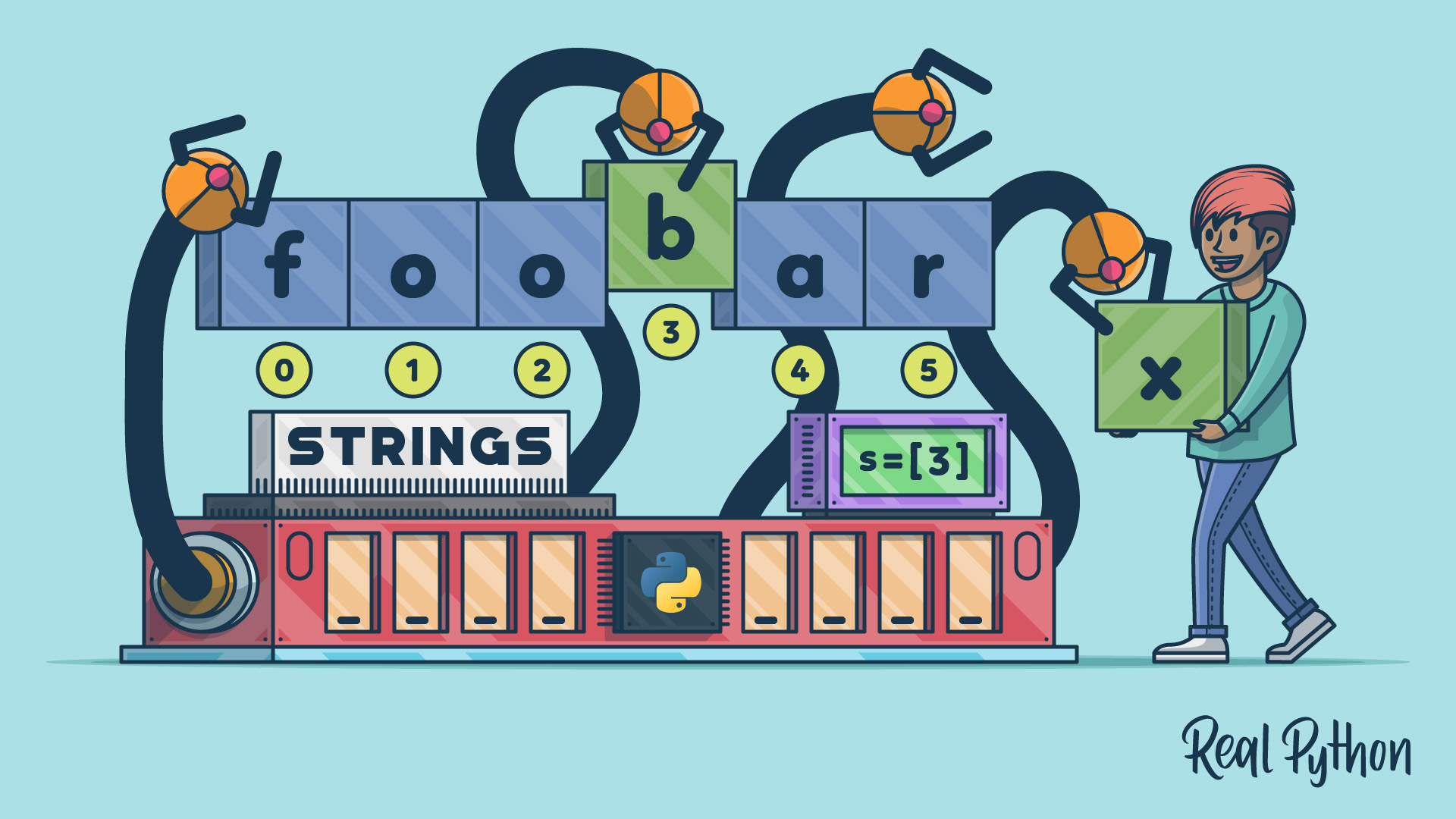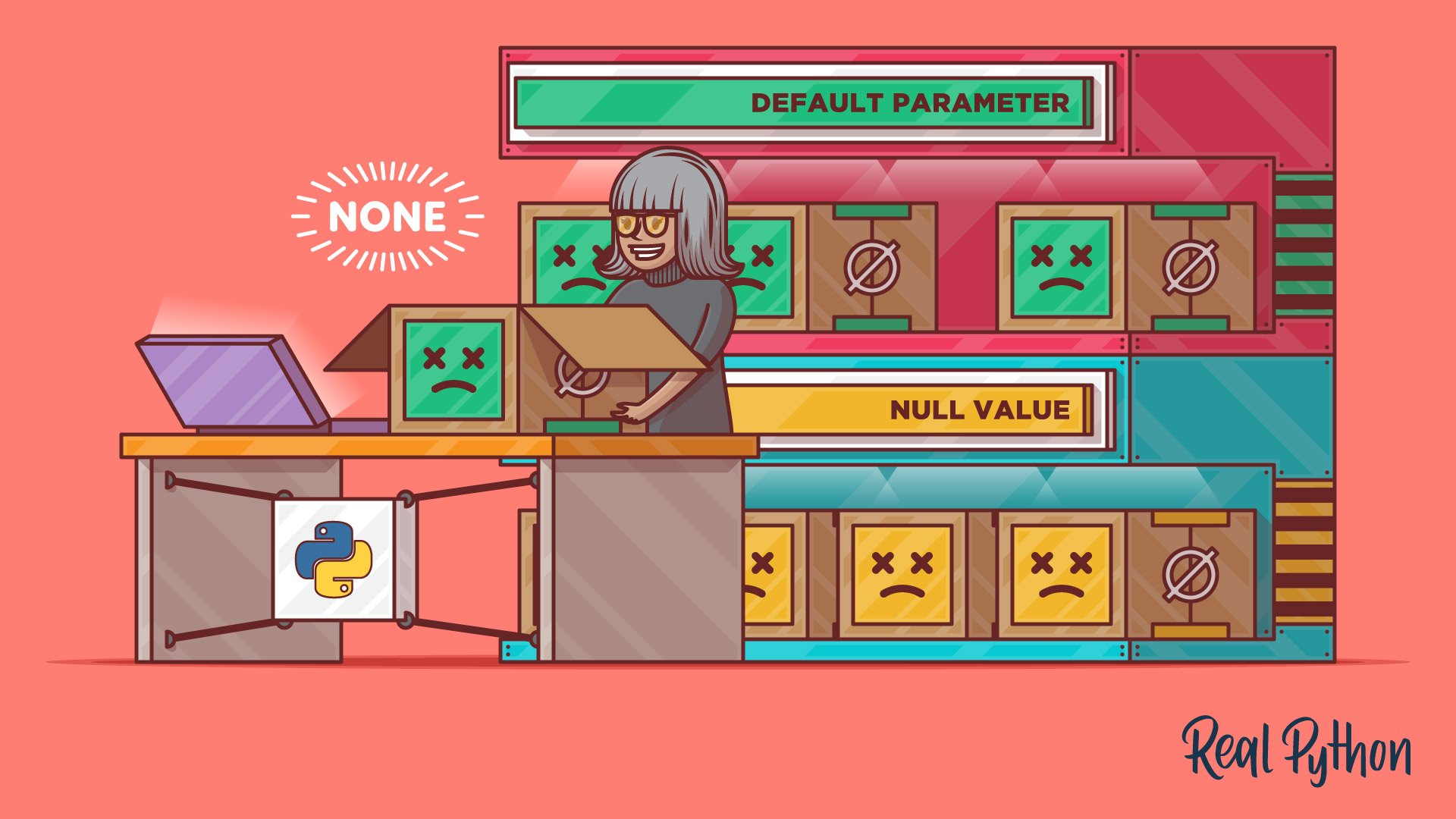Python is a dynamically typed language, which means you don’t need to declare a variable’s data type. But understanding Python specific data types with examples is essential for writing efficient code. 🐍 In this post, we will explore the main data types in Python, including integers, strings, floats, and None, along with practical examples. Whether you’re new to programming or a seasoned coder, mastering these fundamental types will help you handle data more effectively. Let’s dive in and see how Python handles different data types! 🚀
Python Specific Data Types with Examples: Learn Python Types 🐍📚
Introduction
In Python, data types determine how values are stored and manipulated. Understanding Python specific data types with examples is crucial for efficient programming. Python offers several built-in types for handling various kinds of data, including numbers, strings, and special objects like None. 🧑💻
This post will walk you through the most common Python data types—integers, floats, strings, and None—and show you practical examples of how to use them effectively in your code.
Integers, Floats & Decimals: Working with Numbers 🔢
Python has several numeric data types, with the most common being integers and floats. Let’s break down the differences:
- Integers (int): These are whole numbers, both positive and negative, and are used when you need to store and manipulate whole numbers.
age = 30 # Integer
- Floats (float): These represent numbers with decimal points and are used for more precise calculations.
height = 5.9 # Float
- Decimals (decimal.Decimal): Python also includes a special library for performing precise decimal arithmetic. This is particularly useful for financial calculations where precision matters.
from decimal import Decimal
price = Decimal('19.99') # Decimal for precision
String Variables: Storing Text 📝
In Python, strings are used to represent text and are enclosed in either single (‘) or double (“) quotes. Python supports Unicode, allowing you to work with various characters from different languages.
Here’s an example of string variables in Python:
name = "John Doe" # String enclosed in double quotes greeting = 'Hello, ' + name # String concatenation
For multiline strings, Python supports triple quotes:
long_text = """This is a multiline string"""
Understanding the None Data Type: Representing ‘No Value’ 🚫
The None type in Python is used to represent the absence of a value or a null value. It’s not the same as 0, False, or an empty string. None is its own unique object, and it is of type NoneType.
You can use None to initialize variables when there is no value assigned yet:
my_var = None # Represents the absence of value
You can also check if a variable is None using the is operator:
if my_var is None:
print("No value assigned!")
How to Determine the Data Type in Python 🕵️♂️
To find out the type of a variable or value, you can use the built-in type() function. For instance:
print(type(5)) # <class 'int'> print(type(5.5)) # <class 'float'>
If you want to check if a variable is of a certain type, you can use the isinstance() function:
x = 10 print(isinstance(x, int)) # Returns True
Converting Between Data Types 🔄
Python allows you to convert between different data types using built-in functions. Here are some common conversions:
- int(): Converts to an integer.
num = int("5") # Converts string "5" to integer 5
- float(): Converts to a floating-point number.
num = float("5.5") # Converts string "5.5" to float 5.5
- str(): Converts to a string.
text = str(5) # Converts integer 5 to string "5"
This is especially useful when working with data from user inputs or databases, where values often come as strings but may need to be used as numbers.
Conclusion: Mastering Python Data Types 🏆
Understanding Python specific data types with examples is a key step in becoming proficient in Python programming. By mastering the different types—integers, floats, strings, and None—you can handle data more efficiently and make your programs more flexible. Python’s dynamic typing and powerful conversion functions make it easy to work with various data types in different scenarios.
Start practicing these data types today, and unlock your full Python programming potential! 🐍💻
(Footnote):
All images in this post are sourced from Real Python. 📸






